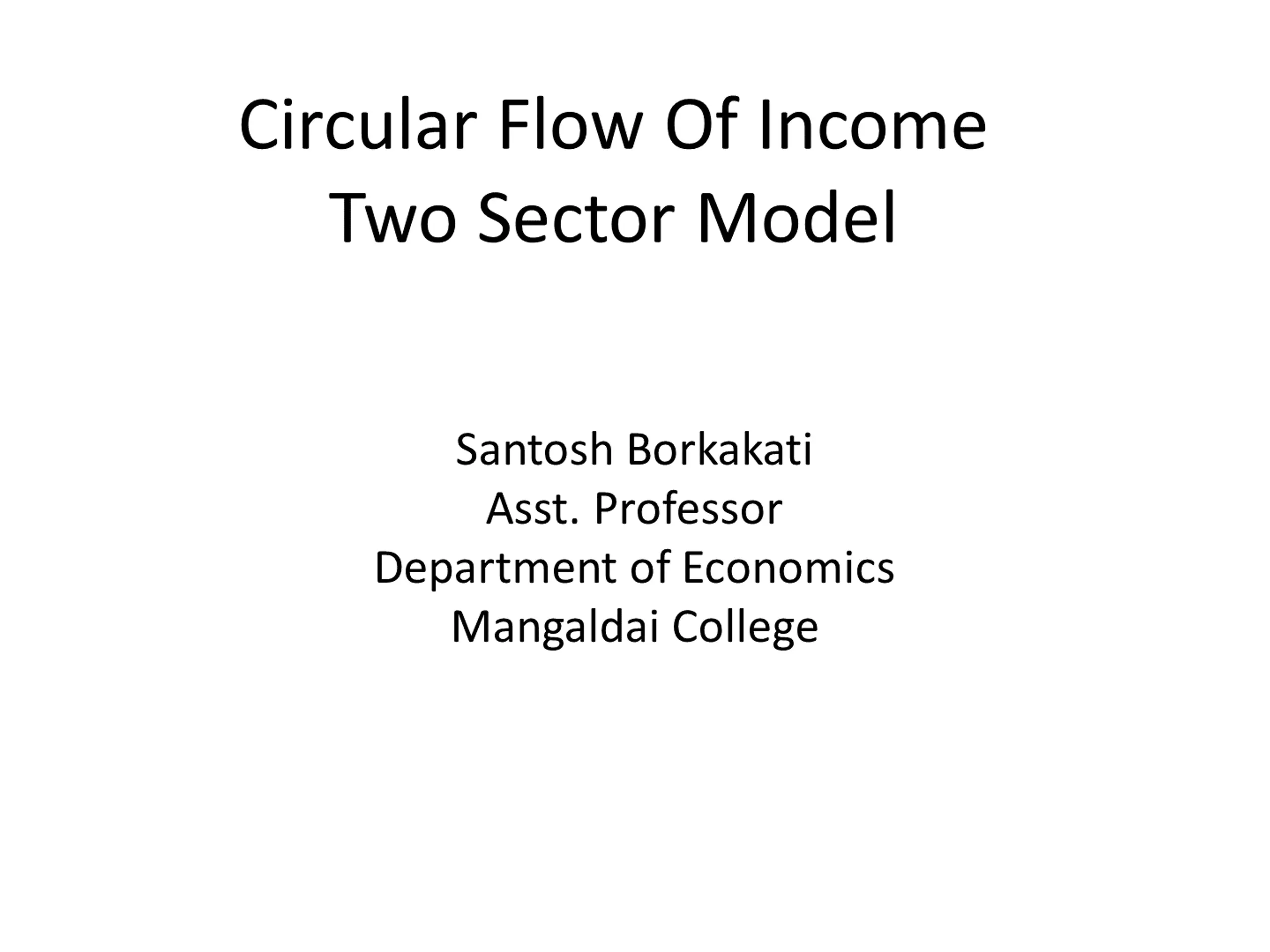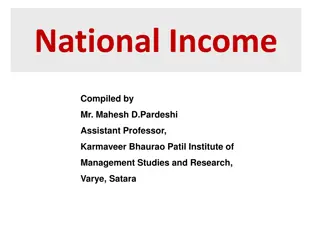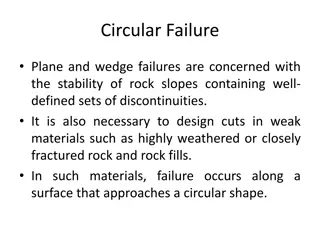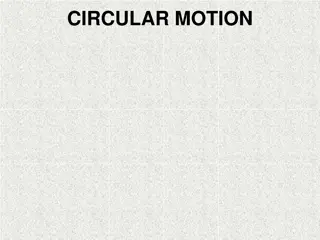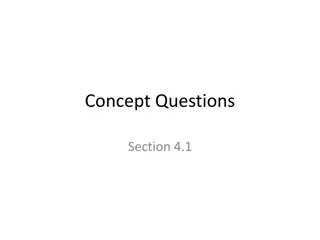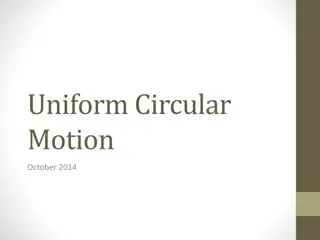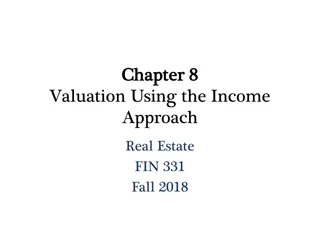Circular Flow Of Income Two Sector Model
The Two Sector Model of an economy divided into Household and Production sectors, their interactions, income flows, and the role of savings and capital market in economic activities. Understand factors of production, factor payments, savings, and investments in the circular flow of income.
Download Presentation

Please find below an Image/Link to download the presentation.
The content on the website is provided AS IS for your information and personal use only. It may not be sold, licensed, or shared on other websites without obtaining consent from the author.If you encounter any issues during the download, it is possible that the publisher has removed the file from their server.
You are allowed to download the files provided on this website for personal or commercial use, subject to the condition that they are used lawfully. All files are the property of their respective owners.
The content on the website is provided AS IS for your information and personal use only. It may not be sold, licensed, or shared on other websites without obtaining consent from the author.
E N D
Presentation Transcript
Circular Flow Of Income Two Sector Model Santosh Borkakati Asst. Professor Department of Economics Mangaldai College
Two Sector Model Economy divided into two sectors Economy Household or Consumption Sector Production or Business Sector
Production Sector Production sector produces goods and services. The process of production is a continuous process. Factors of production such as land ,labor, capital & entrepreneurship are combined together for the production of goods & services. Production sector supplies goods and services to household sector.
Household Sector The supply of factors of production come from households. These factors offers their services to the producers who in returns produce goods &services & make payments as reward in the form of rent, wages, interest & profits. The households spend this money on goods & services produced by producers. Thus income or money first flows production to the households in the form of factor payments & then from the households to the production in the form of consumption expenditure. The income continue to flow in a circular way so it is called circular flow of income.
Two Sector Model Factor Services Payment for Factors Households Producers Payment For Goods & Services Goods and Services
Two Sector Model With Savings Factor Services Factor Payments Borrowing Saving Capital Market Producers Households Borrowing Saving Payments for Goods and Services Goods & Services
In the previous model ,it is assumed that household sector and firms do not save at all. But in actual practice it does not happen so. Households save some part of their income for various reasons like precautionary reasons, transactionary reasons &speculative reasons. Similarly firms also save some of their receipts for reasons like-expansion of their business etc. All the banking institutions, insurance companies & financial houses taken together constitute capital market of the economy. From capital market these savings flow to firms as loans for investment.
Withdrawals & Injections In reality, however, there are leakages from and additions to the circular flows of income and expenditure The leakages and additions are also called withdrawals and injections, respectively. 8
Withdrawals Withdrawal is the amount that is set aside by the households and the firms and is not spent on the domestically produced goods and services over the period of time . Example a household sets aside a part of income for old age or against the loss of job. Saving is a withdrawal. When savings are invested, they take a form of injections Firms may also withhold a part of their total receipts and may not return it to the circular flows in the form of factor payments in anticipation of depression Such withdrawals reduce the size of circular flows 9
Injections Amount that is spent by households and firms in addition to their incomes generated within the regular economy Injection by the household may be in the form of spending inherited savings or the hoarding Firms can inject money by spending their retained earnings or borrowing from outside Injections increase the size of circular flows 10
